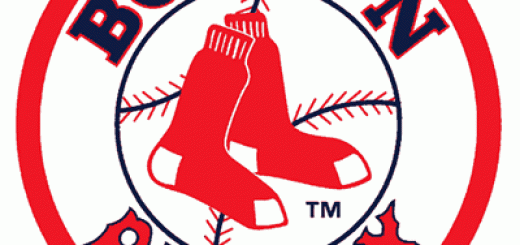Bias in the Common Day Media
 This bulletin board, at the end of the Social Studies hallway, shows posters supporting both the Democratic and Republican sides of the country and New Hampshire.
This bulletin board, at the end of the Social Studies hallway, shows posters supporting both the Democratic and Republican sides of the country and New Hampshire.Photo Courtesy of Kevin Hybels
This year’s presidential election is quickly approaching. Polls open Tuesday, November 6, and much of what voters hear on their televisions and radios is composed of obnoxious ads from both political parties telling them why the other candidate is a terrible person. In addition to the ads, major news sources also want to have their chance to cover “the race to the polls.” Many people are undecided about who to vote for, which is what makes this election exciting. These people often go to TV news channels or newspapers to find out about the candidates, but should they really be doing that? The bias in the media in the United States has been an “elephant in the room” for quite some time, but no one really wants to admit it.
When Americans with strong opinions go to watch the news, they typically know which channel they want to watch. For the strong conservatives, there are sources such as Fox News, which was essentially created as a Republican news outlet. In 1996 Rupert Murdoch, a known conservative, introduced Fox News to compete with CNN, a known liberal-leaning source. Murdoch denied his intentions to promote his conservative views, saying, “I challenge anyone to show me an example of bias in Fox News Channel.”
When I went to see Joe Biden, Dr. Jill Biden, and Dr. Jane Lynch speak at Dartmouth on September 21, I witnessed several Hanover High students being interviewed by Fox News. The reporter was interrogating the students, trying to turn anything they said against the Vice President or President. He clearly was trying to take advantage of what fifteen-year-olds said to turn it into what his viewers wanted to see.
Competing, with Fox News is CNN. They tend to cast a negative light upon the Republican candidates and in the past have been known for skewing polling results in Obama’s favor. A recent example of their bias is a coverage piece published after Sarah Palin visited a Chick-fil-A restaurant. They started the piece playing the song “Stupid Girls” by Pink, and then said that Palin went in “hungry for controversy and chicken,” adding to their history of broadcasting negative remarks towards Sarah Palin.
How does a viewer know which news show is unbiased and contains accurate information? Some news sources are known to be unbiased politically, such as Good Morning America and USA Today. Now, more than ever, news sources are making an effort to always have fact-checkers on hand, ready to verify or disprove anything the reporters or candidates are saying.
But really, what is the deal with all of this? When people become reporters, don’t they want to report the real news stories? In my opinion it looks as if the battle is not only between the two potential candidates, but is also fought in the media. In addition to fighting with each other, many media sources have now become outlets for endorsing candidates, simply by giving them positive feedback.
Is it each news source’s right to express their opinions? Or does the bias create an uneven playing field? The first amendment alone gives media both the freedom of speech and the freedom of the press, but does that extend to giving their full opinions, and potentially influencing others’ opinions? It seems as if people really enjoy the biased sources, because they know that they will hear news supporting their opinions. Most people only like to hear the positive things about their candidate of choice, making it much easier to stand behind that candidate, and consequently believe in their party.
In the end, it is every voter’s responsibility to find reliable, unbiased sources to get the real facts on each issue. It is every person’s choice whether to listen to, watch, and read factual information or to only pay attention to one’s own opinion.



